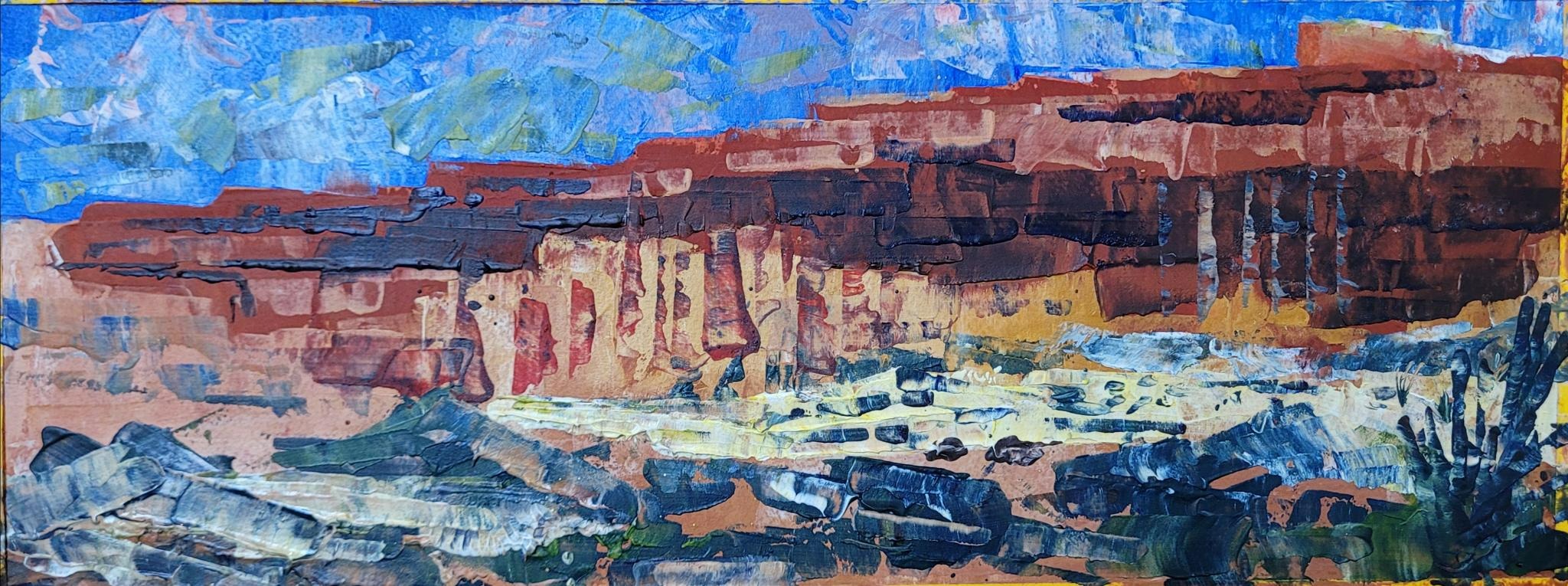ART
PORTFOLIO
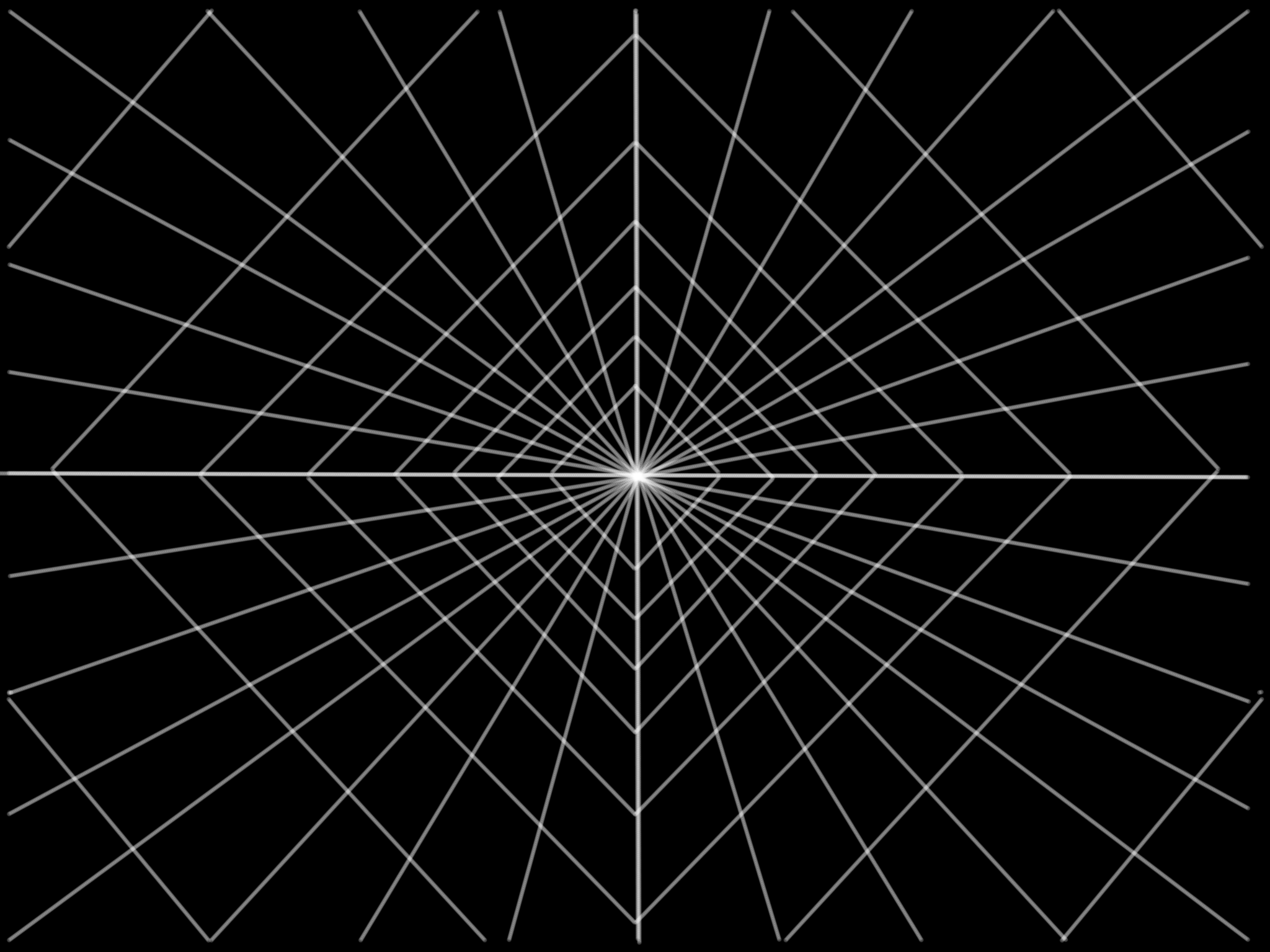
THE ART PORTFOLIO FOCUSES ON THE POWER AND SUBSTANCE OF THE WORLD BEYOND VISUALS
Visual art is so much than what is visible.
Visual artists can be seen as a great band of lives registering, recording and making meaning of the human experience on behalf of humanity.
At The Poartry Project, we are part of this band. When we look at something visual or have an experience, we see so much more than what is physical and visible. We see the shape and motion of richly detailed geometries and elegantly structured blueprints beyond the form. We were born with this experience of seeing and have honed the craft of mapping what we see as art through the wisdom of experience and practice.
We call this form of art-making “cartography of the unseen”, and we provide examples of how it works below the quick navigation gallery in “WHITE SANDS” + “HUMANITY”.
SANDS
WANDERER
“WHITE SANDS” + “HUMANITY”
“White Sands” and “Humanity” offer a glimpse into the pioneering work of “cartography of the unseen” through visual art practiced by the creator of The Poartry Project. As with the pivotal moment in The Matrix when Neo is finally able to see The Matrix and realizes the expanded reality that Morpheus was pointing to when he said “What I’m saying is that when the time comes, you won’t have to” in response to Neo’s question, “You mean I can stop bullets?”, the creator of The Poartry Project is able to perceive structures behind forms – from nature to people to musical compositions to planets and more. These structures reveal the astounding and complex beauty of the extraordinary natural world of unseen substance and ecosystems all around us that make us far more than we think we are – the “something more” many lives are sensing as we evolve into global and even extra-planetary space-based digital connectivity.
With “White Sands”, the first image is a fairly literal representation of the physical landscape and atmosphere at White Sands, New Mexico in the USA as perceived at a particular moment in time by the creator of The Poartry Project. It was created as a triptych painted on three wood panels in acrylic. The second image, also perceived, seen and drawn by the creator of The Poartry Project, is a representation in a point of time of the “unseen” or “extra-physical” form, structure and interplays behind the physical landscape that shapes the outer form seen physically and gives the outer landscape its topography, nature and atmospheres. It was created digitally using Sketchbook Pro on an iPad.
With “Humanity”, the two images are what The Poartry Project sees when we look at humanity. They were also created digitally using Sketchbook Pro on an iPad.

White Sands, New Mexico, USA | A representation of the corresponding extra-physical form and landscape behind the physical form
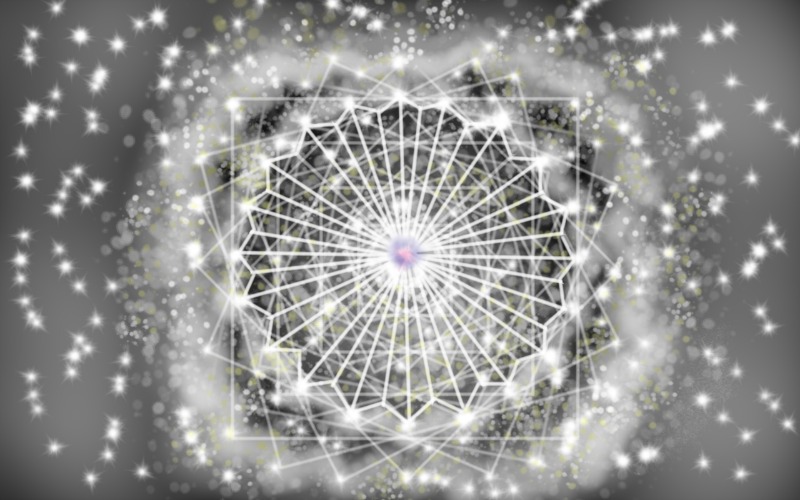
Humanity – Top View | How humanity appears to The Poartry Project
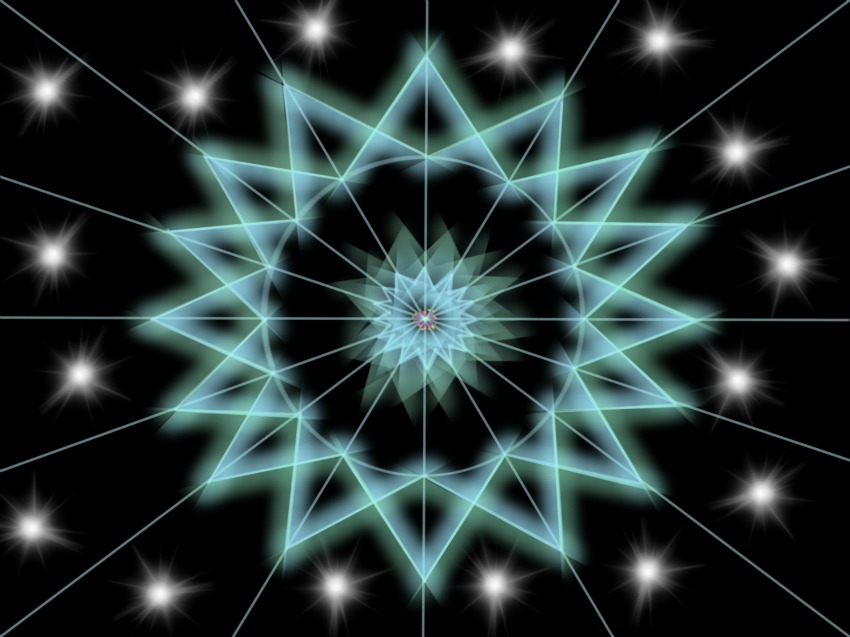
Humanity – Side View | How humanity appears to The Poartry Project
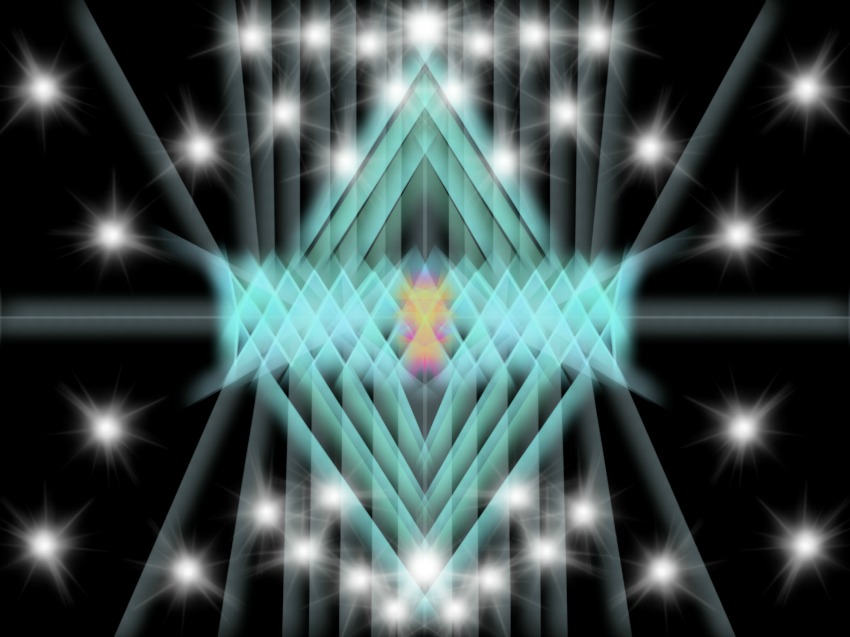
The Poartry Project participated in a map-making event that occurred just as new lava flows popped up in the Leilani Estates subdivision on the Big Island of Hawaii in 2018. Listening to the radio on the drive up to the arts center where the event was taking place, we heard interviews with residents of Leilani Estates and their responses to “losing” their homes and things to the lava. Their attitude was striking: They all cited that their living on the land of Leilani Estates was borrowed from Pele, a volcano goddess in Hawaiian lore and living. On gentleman who did not expect to lose his home to lava, but did, said that he sat on the land by the lava-impacted house and “gave a blessing and received a blessing”. Photos are turning up of ritual ti leaves placed in the streets of Leilani Estates as an offering to pele.
This deep connection with the nature of the land and the sense of not “owning” the land, but rather having the gift of living on the land until the land wants it back were so strikingly beautiful in this era where much of humanity is contemplating what the proper relationship with our planet and its stewardship is that when we got to the event – still expecting to map dark sky spots – it suddenly struck that the map had to be a celebration of and memorial to Leilani Estates. The Poartry Project has visited the region several times where this lava event is happening, and we walked across the lava bed that erased two villages the last time Kilauea (and perhaps Pele) were in motion. While the local population seems to relate with the places where they live the way Tibetan Buddhist monks relate with the sand mandalas they create, it seems fitting and proper to celebrate what has been and to contemplate different energetic and esoteric perspectives on “choas” and “order”.
The base of the artwork is an artistic interpretation of a satellite map of the Big Island of Hawaii and some of its surrounding waters. There are 4 panels of additional artistically-rendered maps, which can be moved around and placed wherever the viewer would like to place them. In the photo, the bottom left panel – representing “chaos” – is a map of real-time lava flow and intensity derived from the US Geological Survey. The bottom right panel – representing “order” – is a map of the street grid and vegetation of Leilani Estates. The top right panel – representing “super-order” – is a map of the even more densely ordered street grid and vegetation of Nanawale Estates, Leilani Estates’ neighbor just to the north, separated by the Lava Tree State Monument. The top left panel – representing “supra-order” – is an artistic interpretation map of Kilauea in the form of Pele, the volcano goddess.
While most westerners in modern society would see the estate subdivisions as “order” and the lava and Kilauea as “chaos”, the local resident populations – who hail from all over the world and from different cultures – in fact see the lava, Kilauea and Pele as the natural order of things. Perhaps we can all learn something by re-arranging our maps…
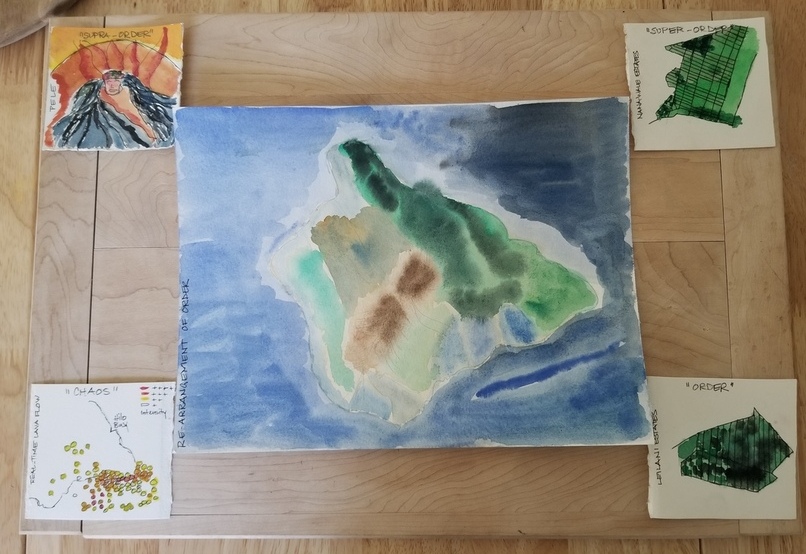
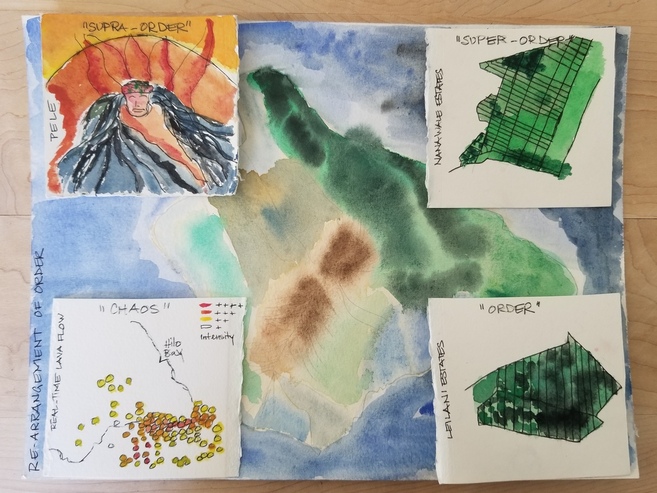
This series created by The Poartry Project creator is from Part 1 of what will be an ongoing series of “field guides” to the natural world of substance behind the physical world of form. It was inspired by a conversation around, “Hmmm, wouldn’t it be great if each incarnating life came in with a ‘Welcome to Earth Manual’ to help them navigate what it means to be on ‘Mission Earth’ as a citizen of both the physical world and the world beyond the form?” The drawings here are accompanied by explanatory text in the actual manual, which can be found HERE at iloveenergy.org. The artwork was created primarily with various papers and pen as 3-dimensional fold-out folios that were inspired by old atlases, maps and James Audubon’s original 19th-century folio prints of animal species. The Welcome to Earth Manual: Field Guide #1 for Newly-Incarnated Citizens was submitted as a sketchbook in the 2017 Sketchbook Project. The single physical copy of it can be seen in person at The Brooklyn Art Library, which houses the over 36,000 sketchbooks submitted by people from 135+ countries.
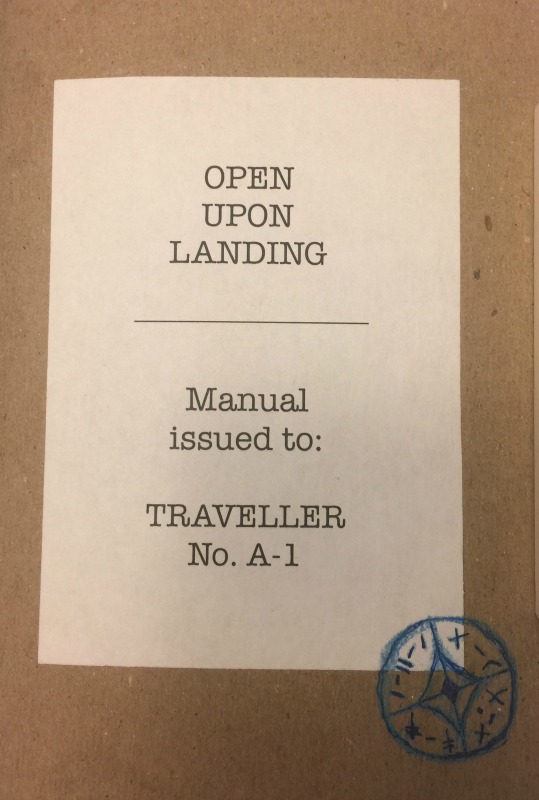
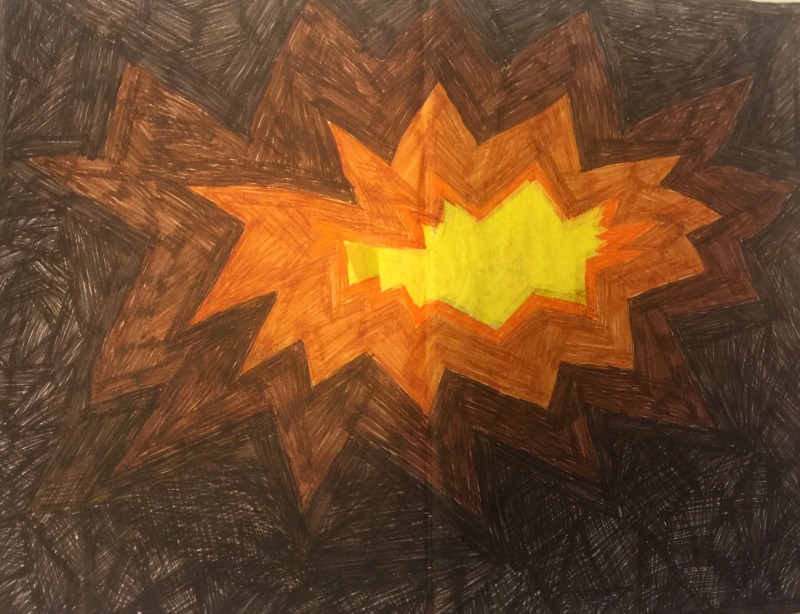
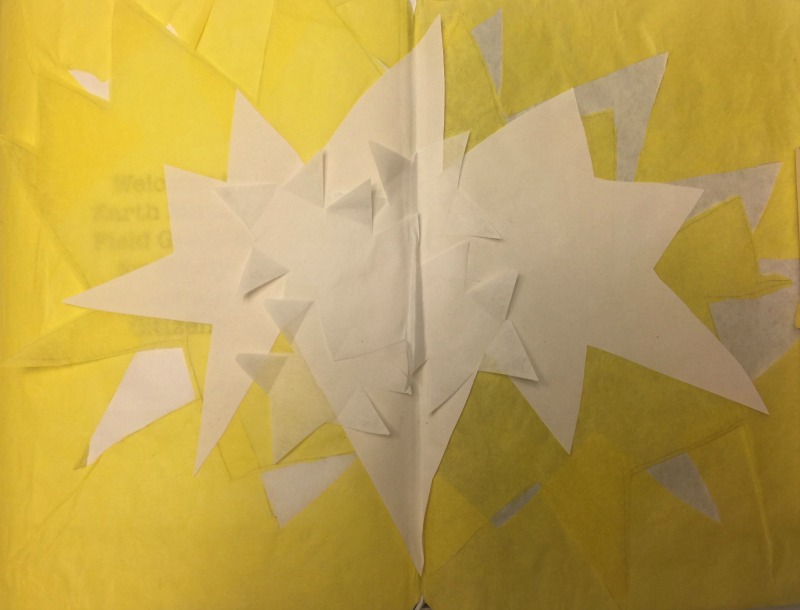
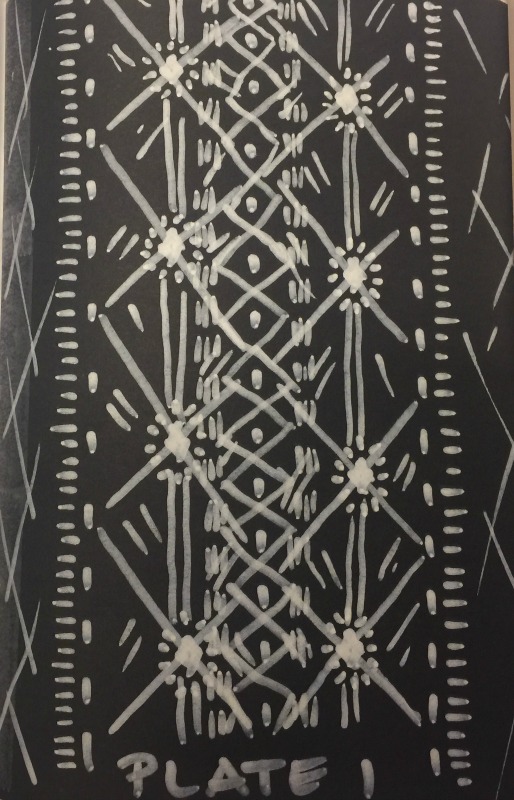
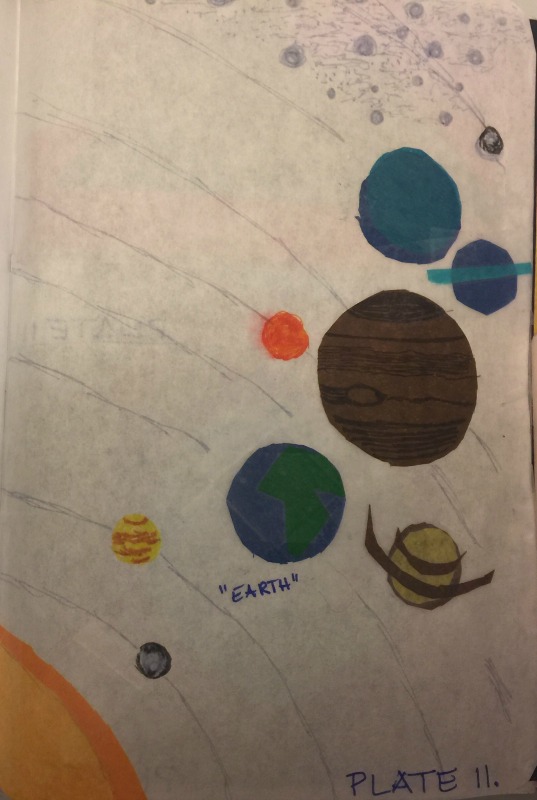
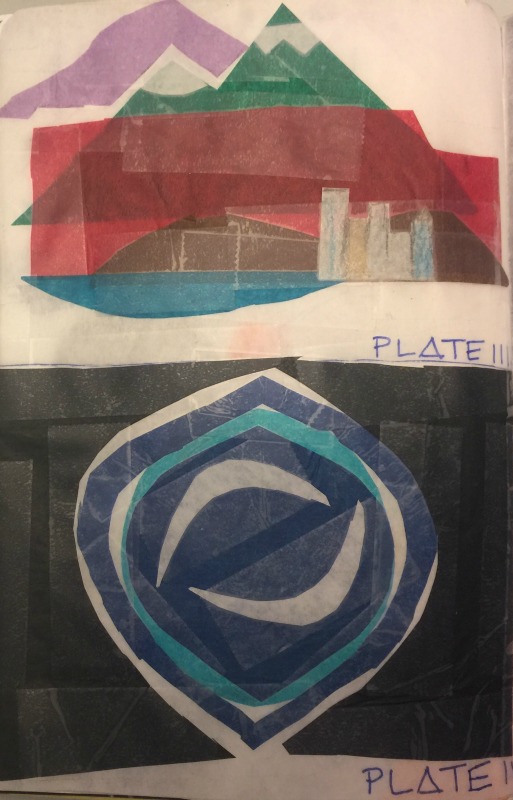
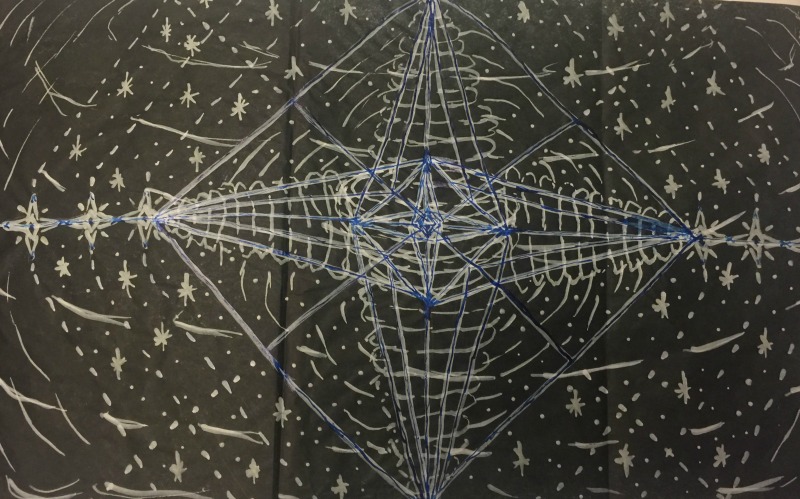
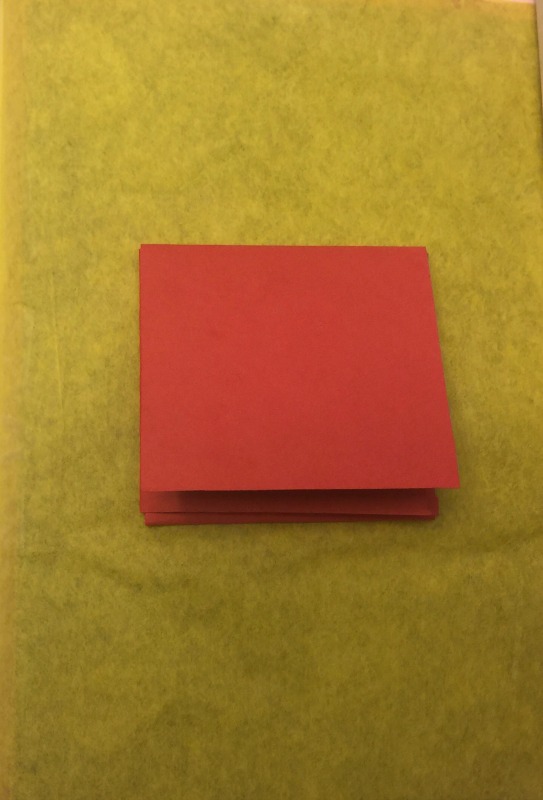
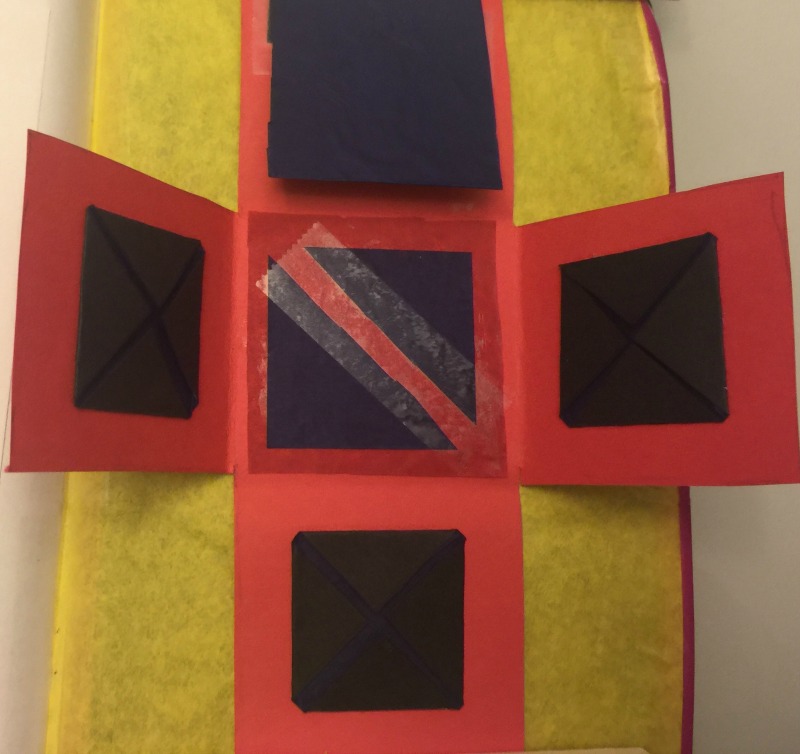
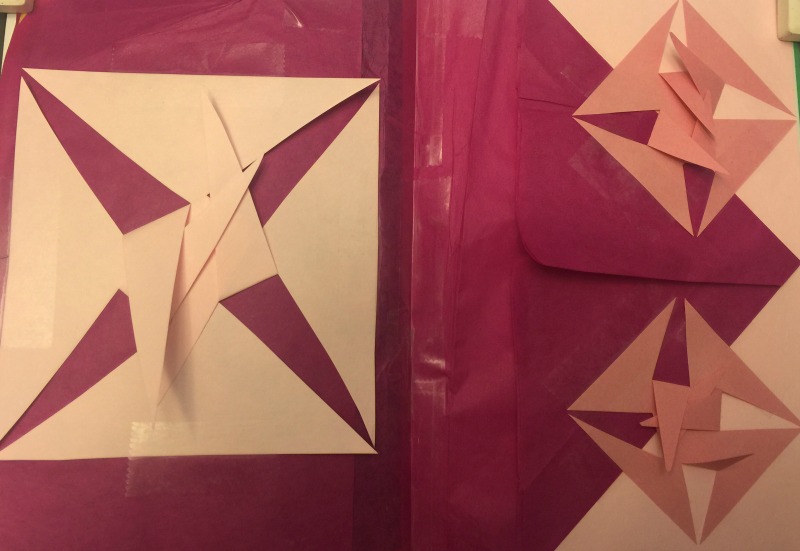
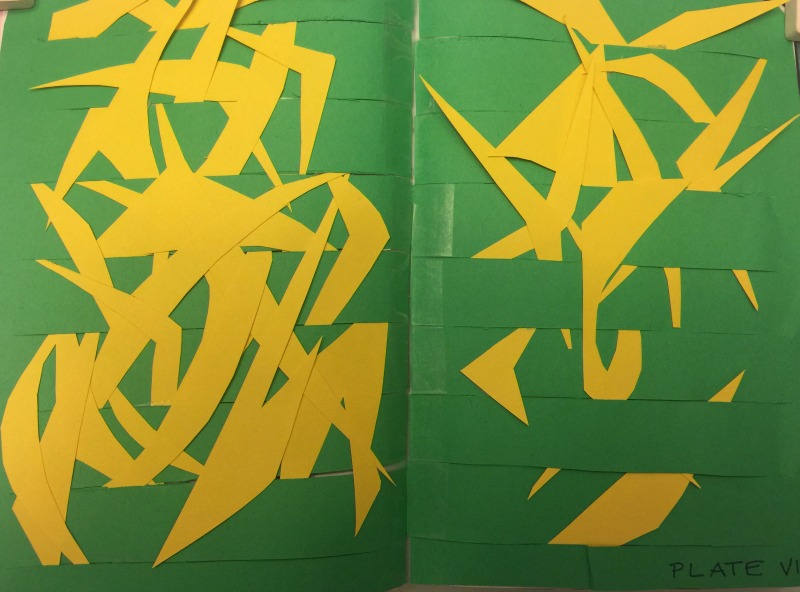
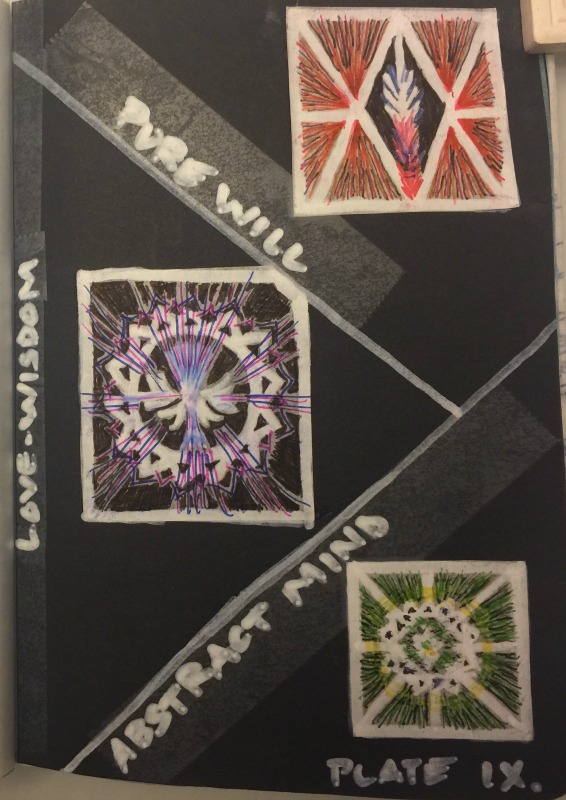
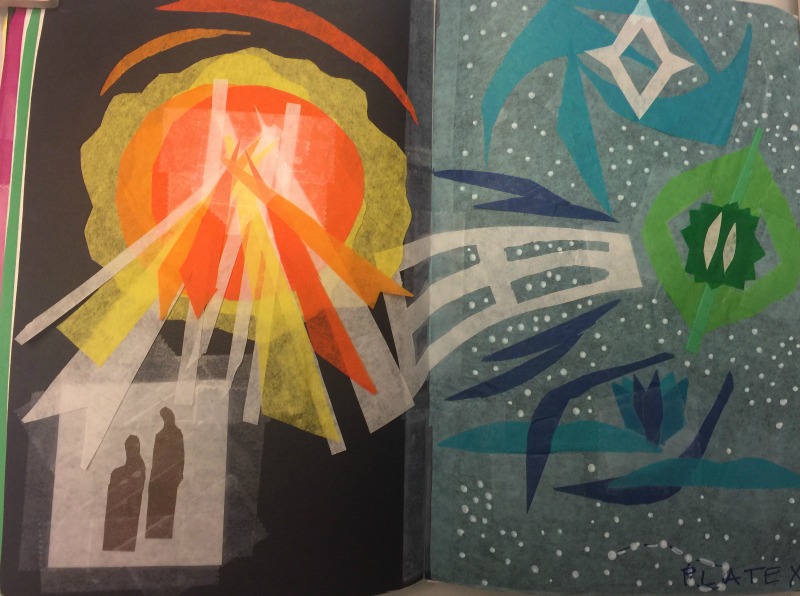
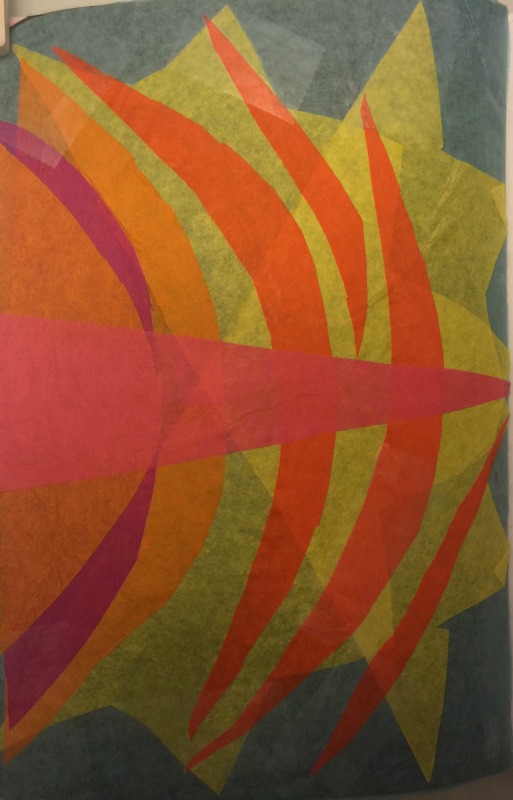
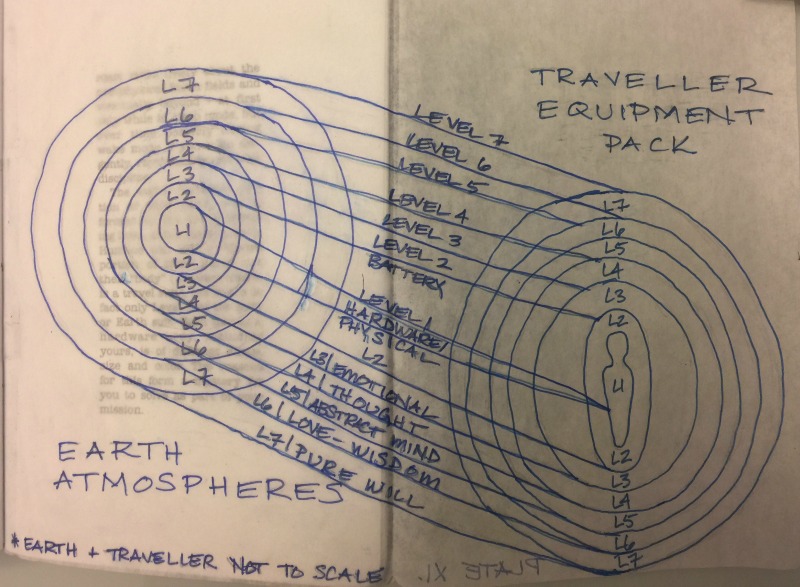
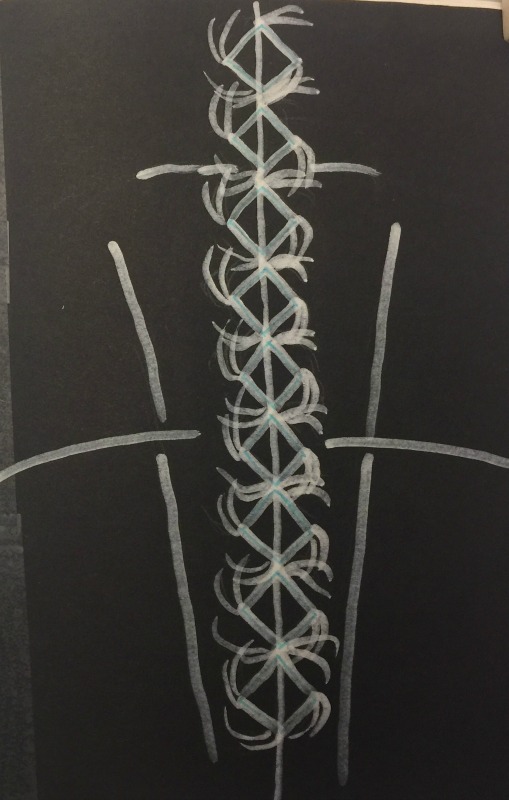
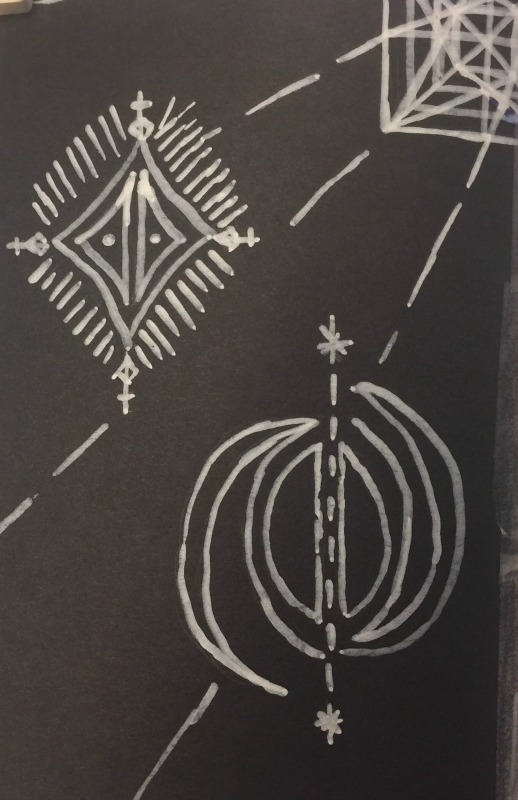
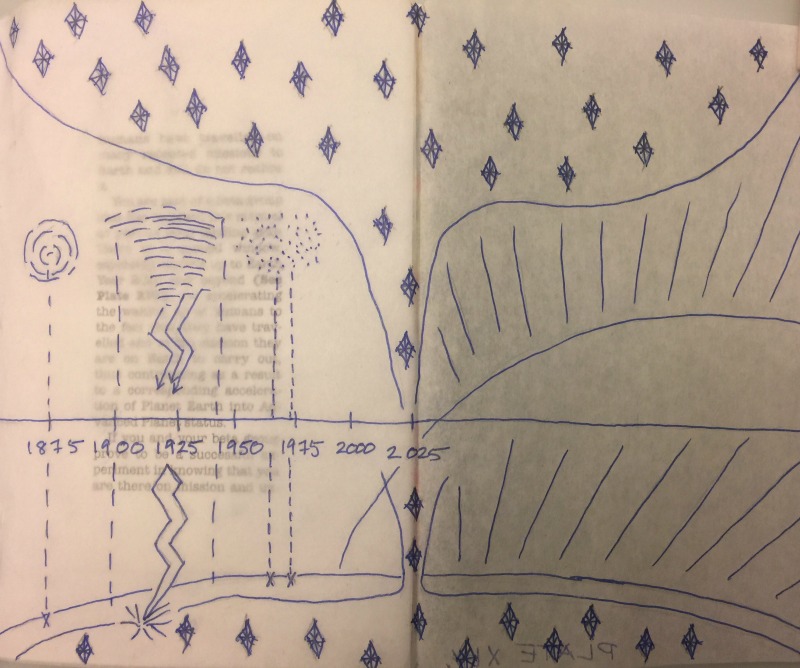
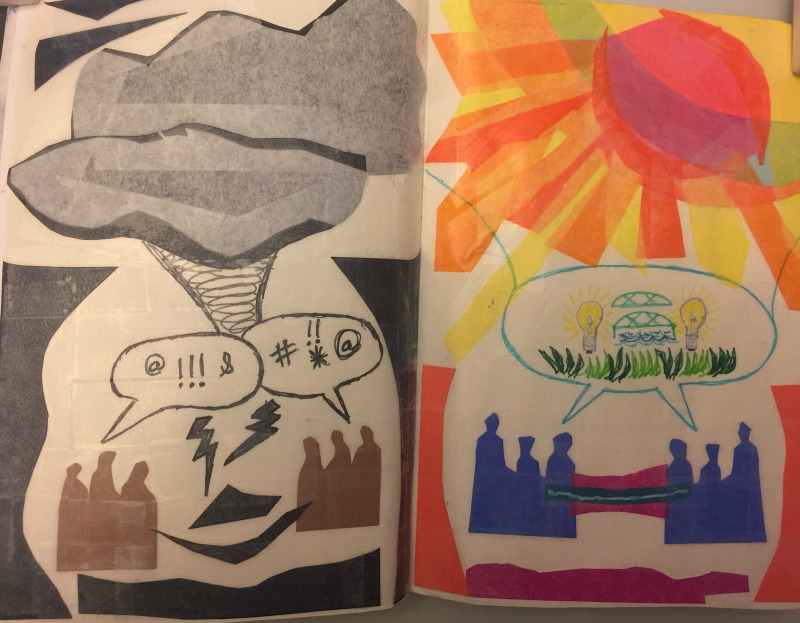
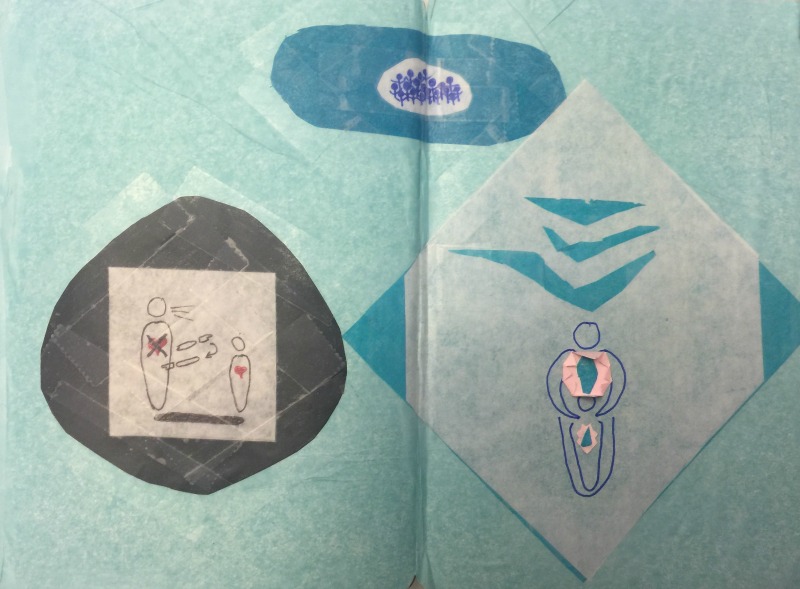
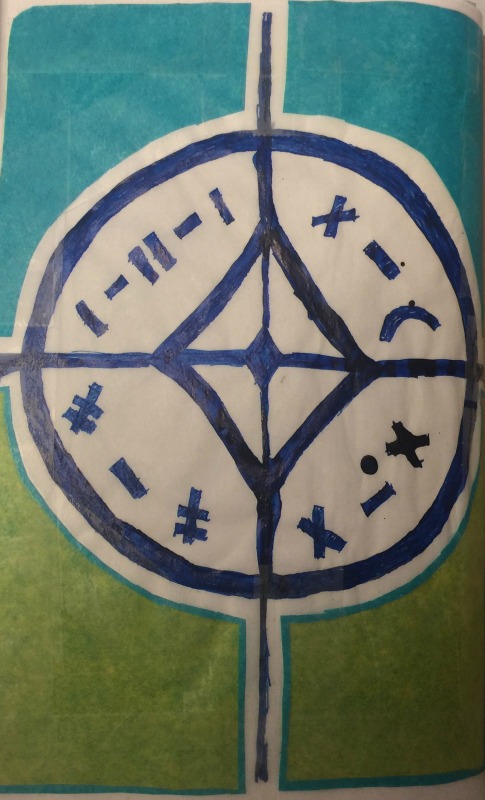
This series of drawings created by The Poartry Project creator shares the year-long experience of traveling around North America full-time with the inspiring message of being citizens of wherever we were at the moment, with a focus on supporting and exchanging experience with significant cities and natural areas and meeting new friends around our shared story of one humanity evolving together through the natural world of energies for the good of all. We embarked on these travels after releasing having a house in order to move into and embody the reality of full-time mobile world citizenship. Our little Nissan Cube was our “house”, and REI became our “home store”. We shared this story as a sketchbook through the 2015 Sketchbook Project.

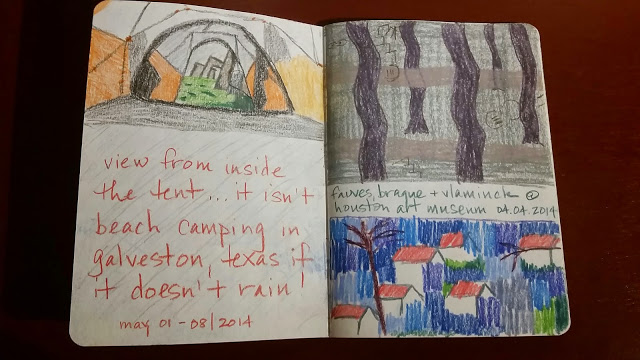
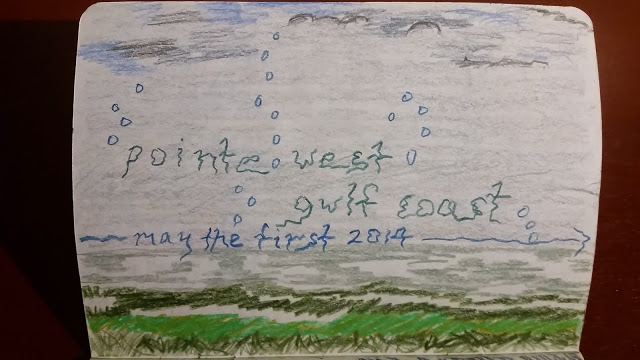
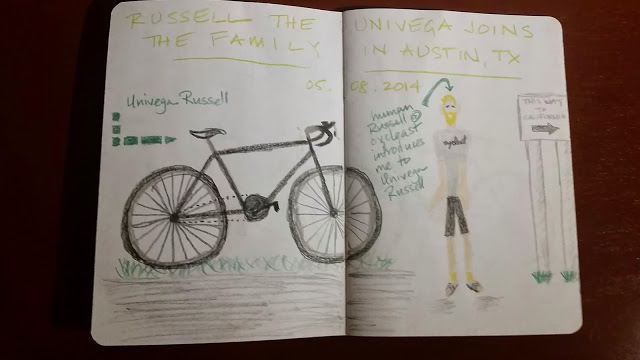
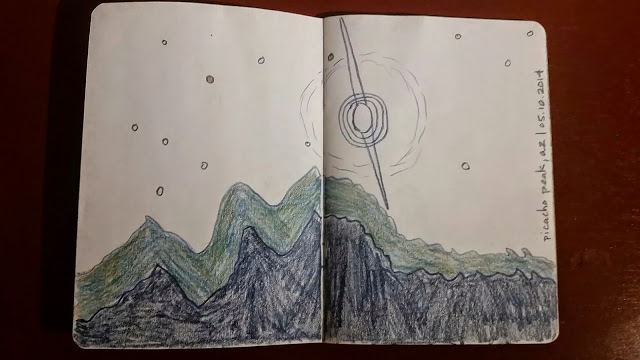
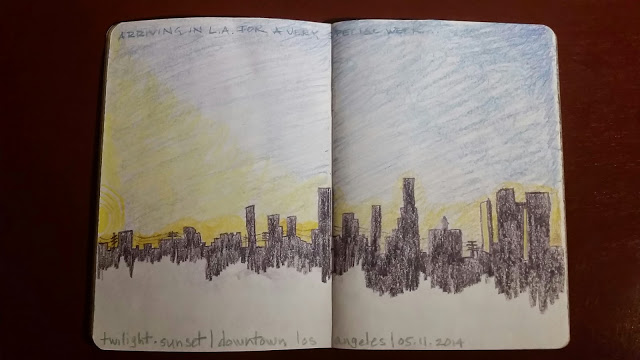
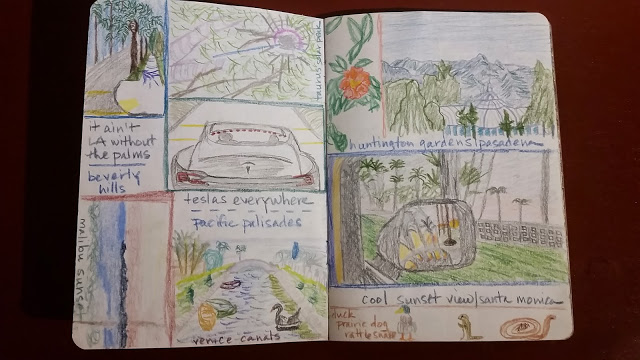
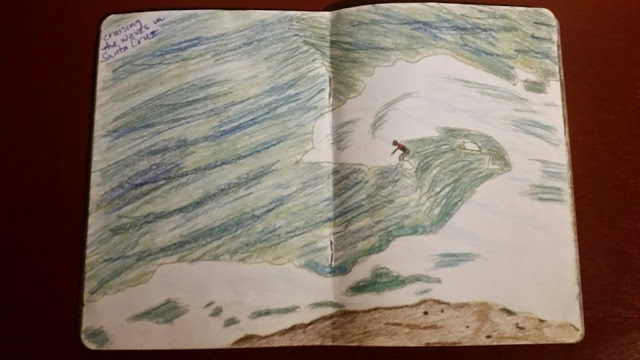
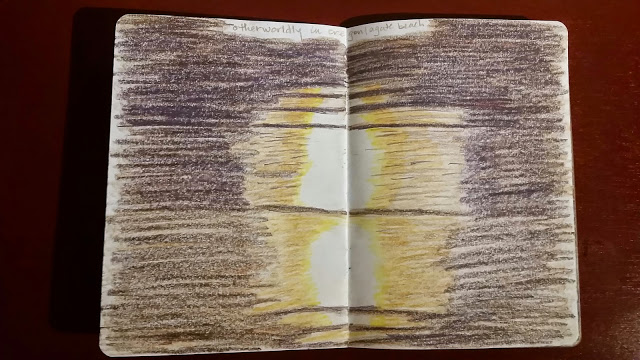
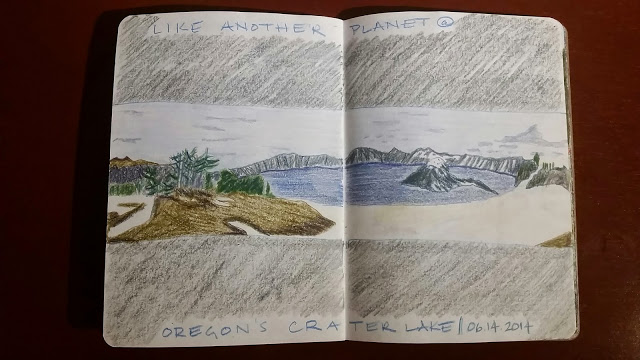
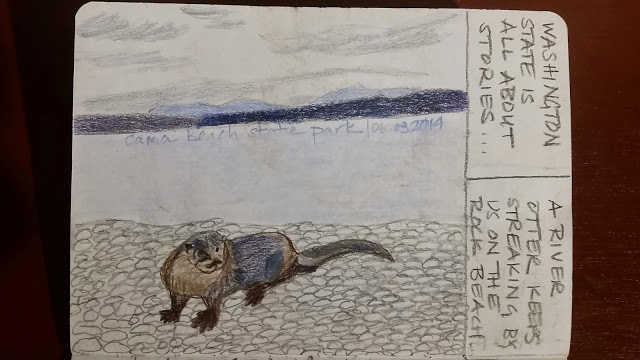
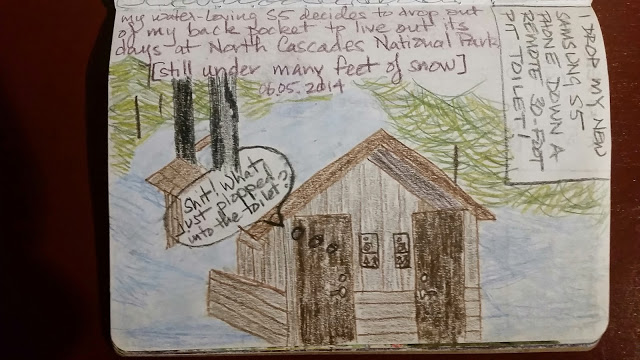
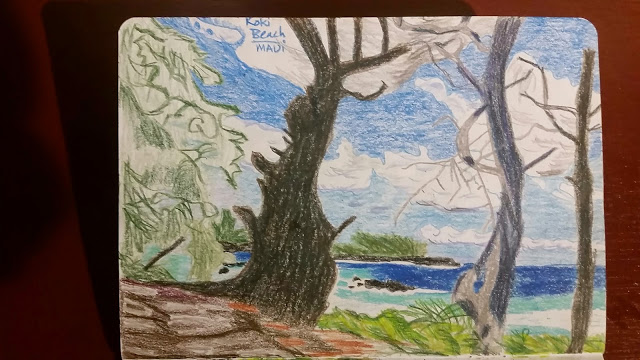
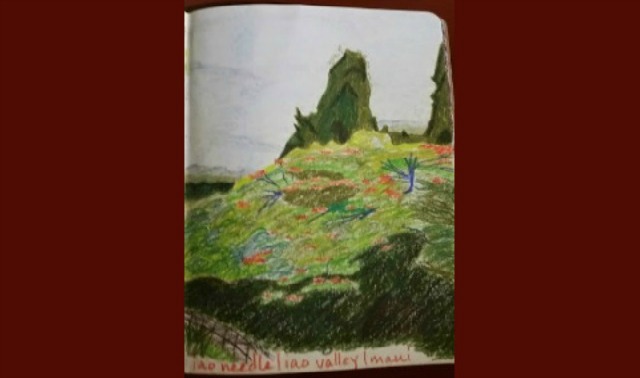
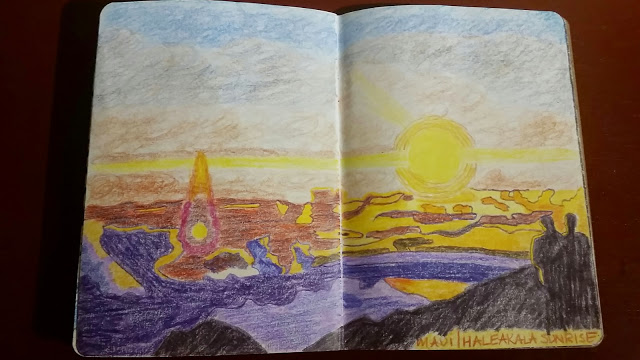
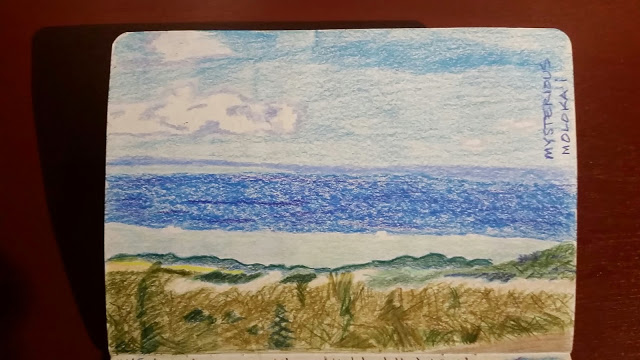
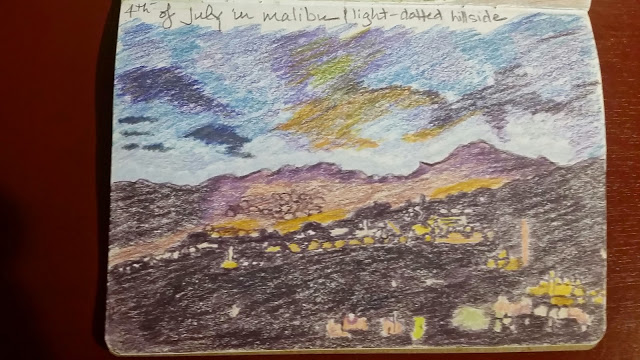
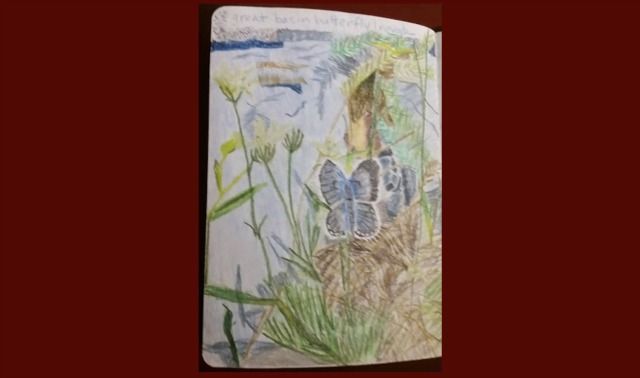
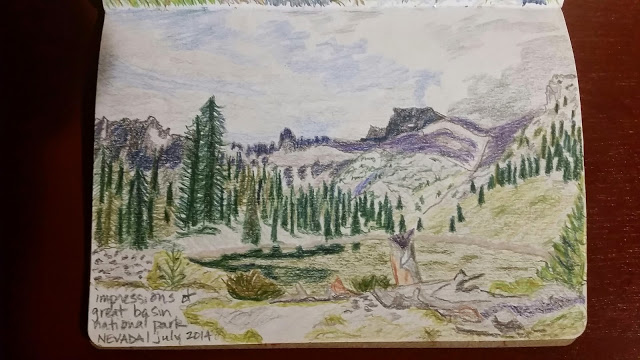
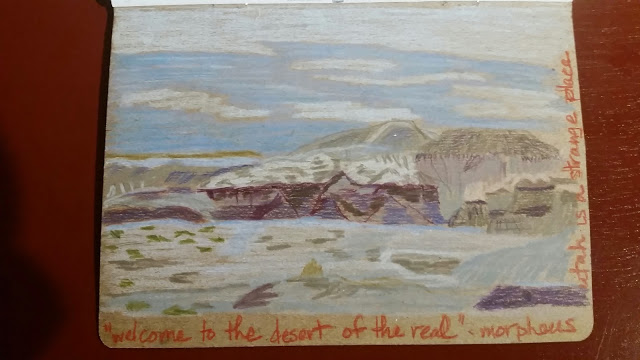
The Poartry Project is newly embarked on studies and experiments in the field of Book Arts as a medium for creating and sharing explorations of the wondrous and inspiring “something more” beyond the familiar physical world of form. We share some of our (very novice) first efforts below.
HARDCOVER BASICS WITH ANN JOPPE-MERCURE
Adjunct Professor in Graduate Education
| St. Michael’s College
In the September 2018 meeting of the Book Arts Guild of Vermont, we learned 3 different book cover basics, two using just glue and one stitched with a very simple stitch. For someone who seemed pretty hopeless in childhood sewing classes (as much due to lack of interest than lack of precision and patience), the bookbinding version of book making has been surprising satisfying and successful.
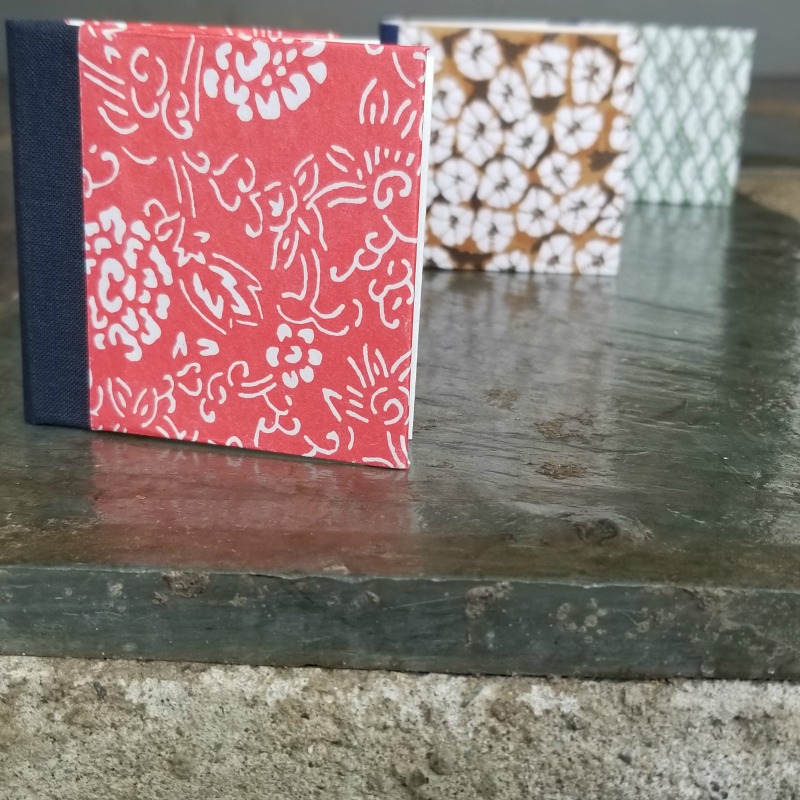
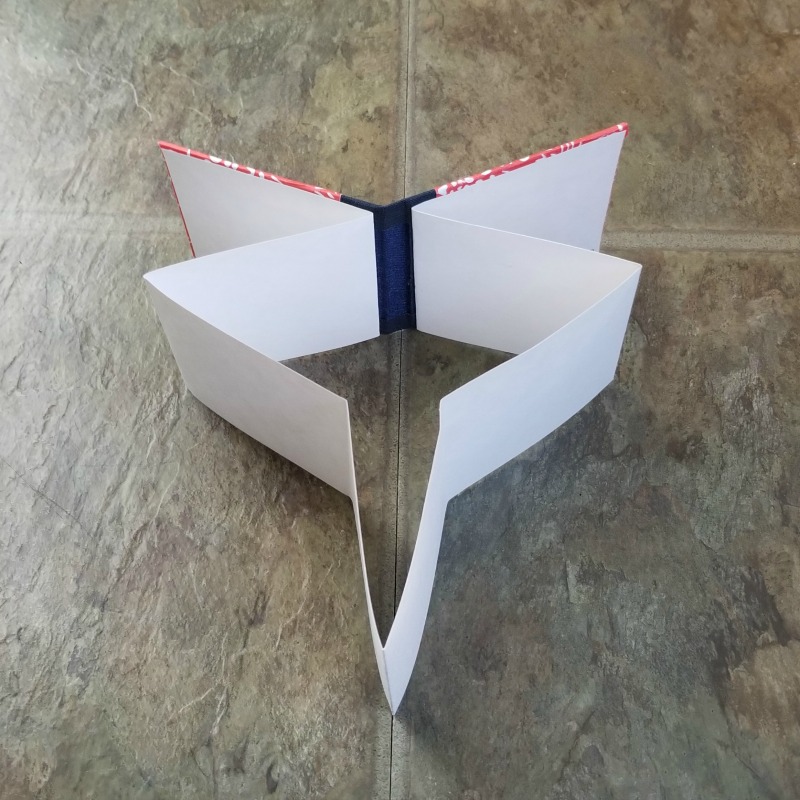
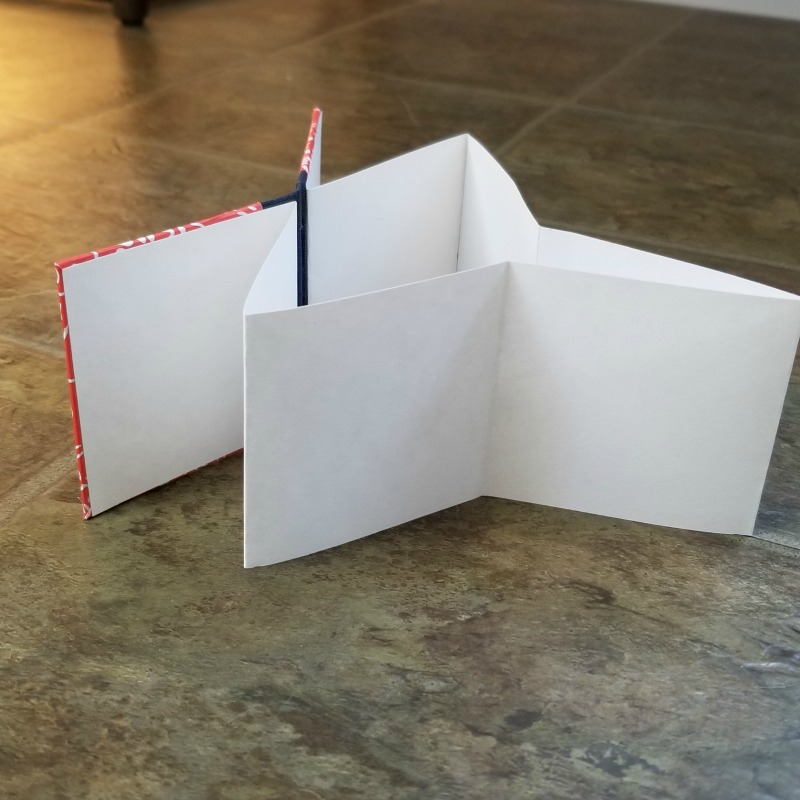
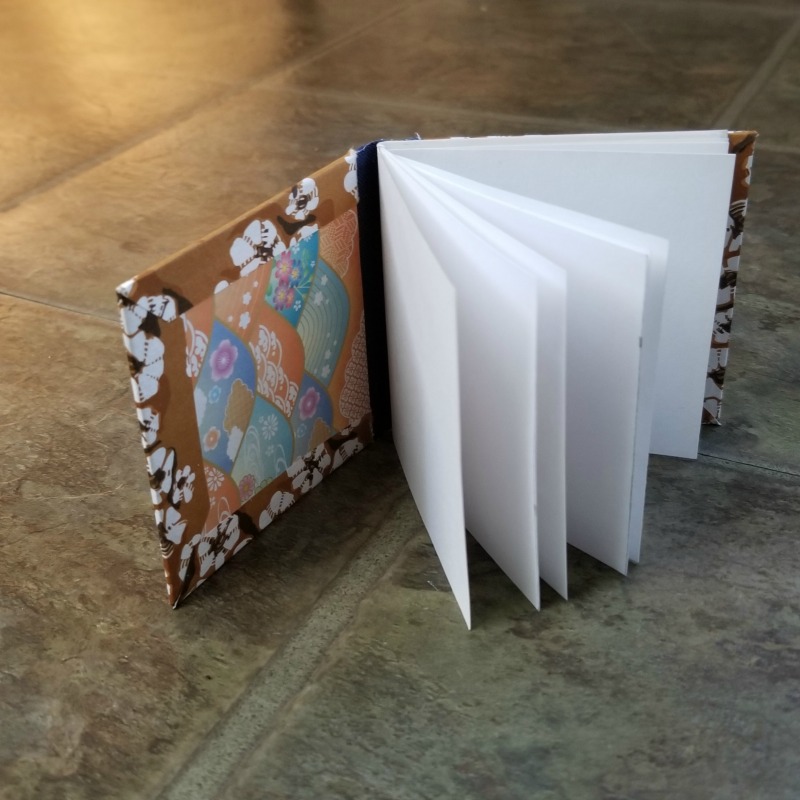
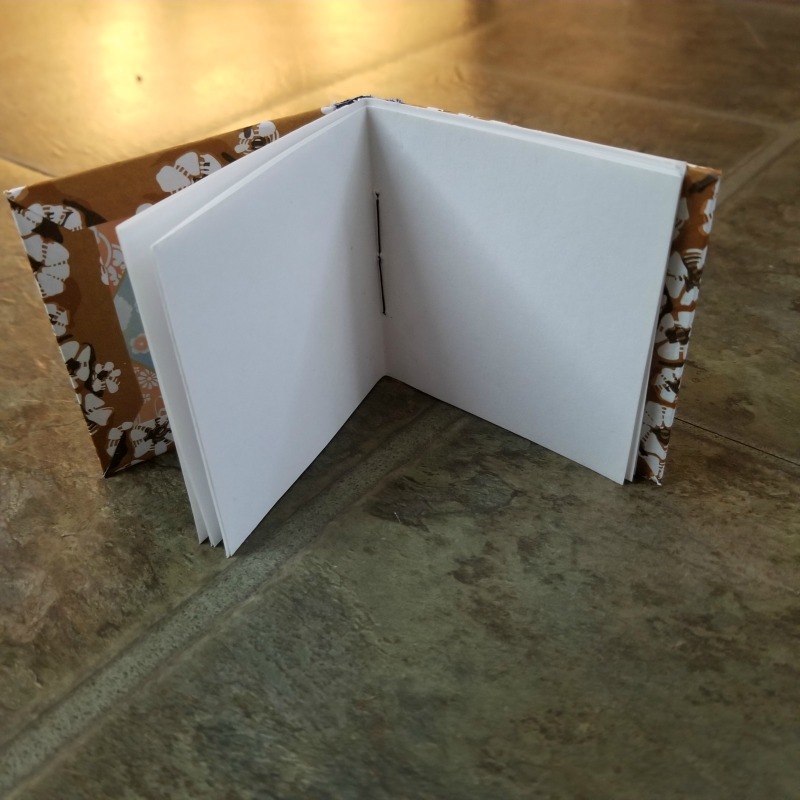
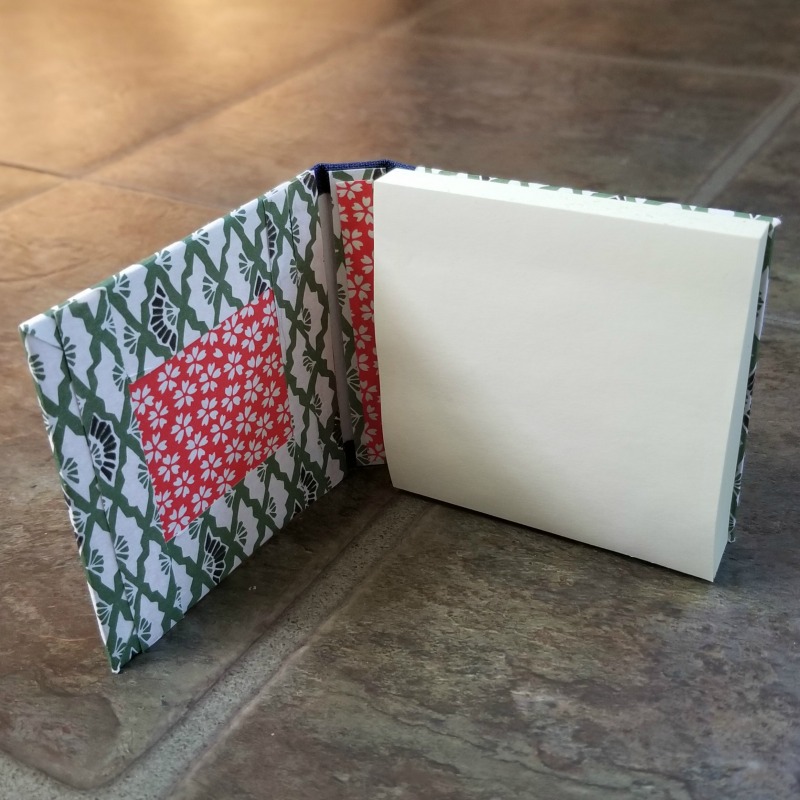
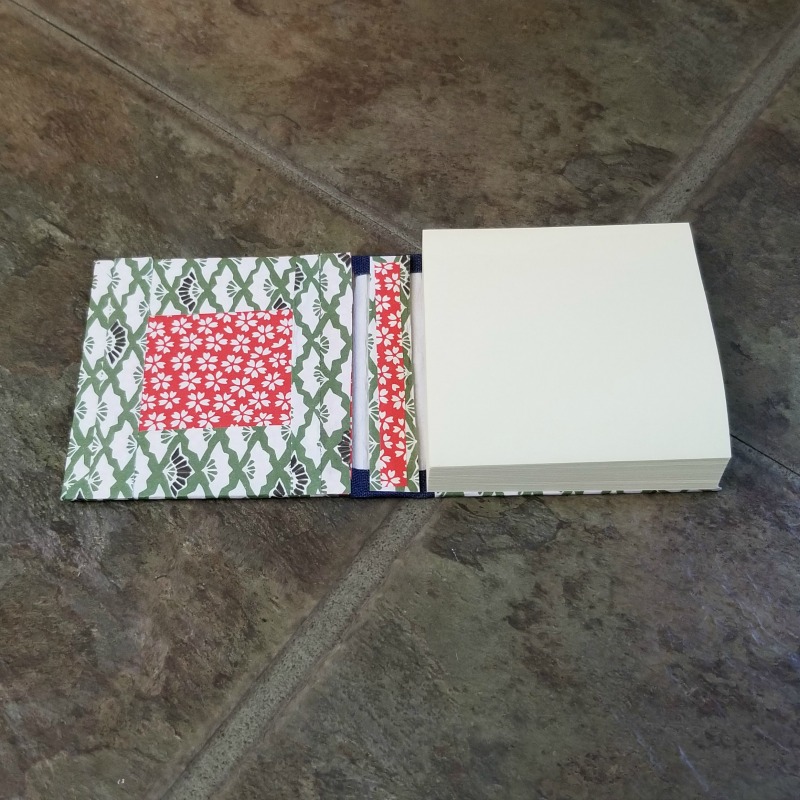
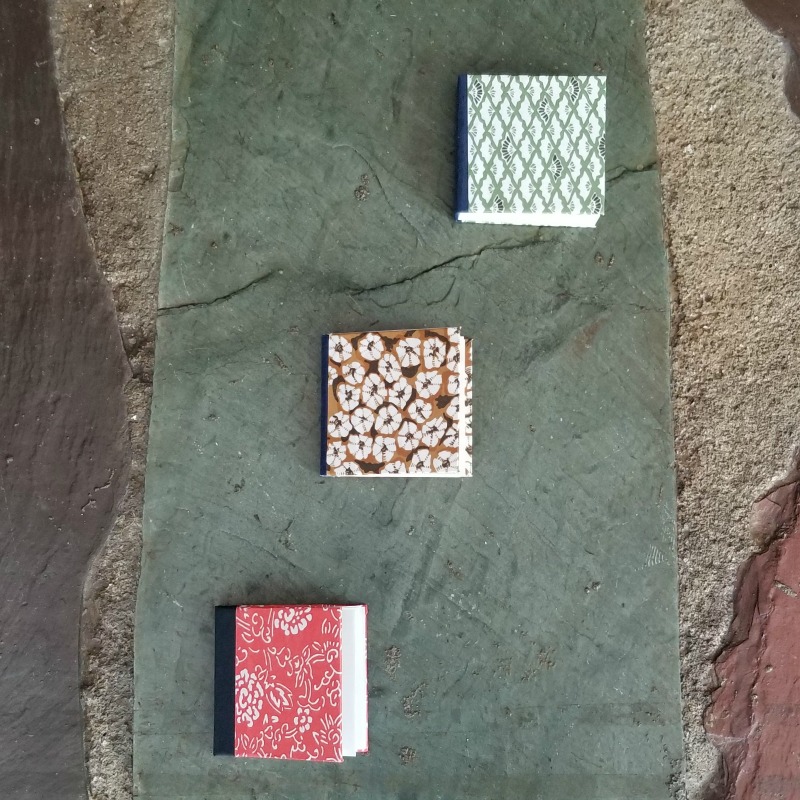
Nomadic Roots Studio
| www.etsy.com/shop/NomadicRootsStudio
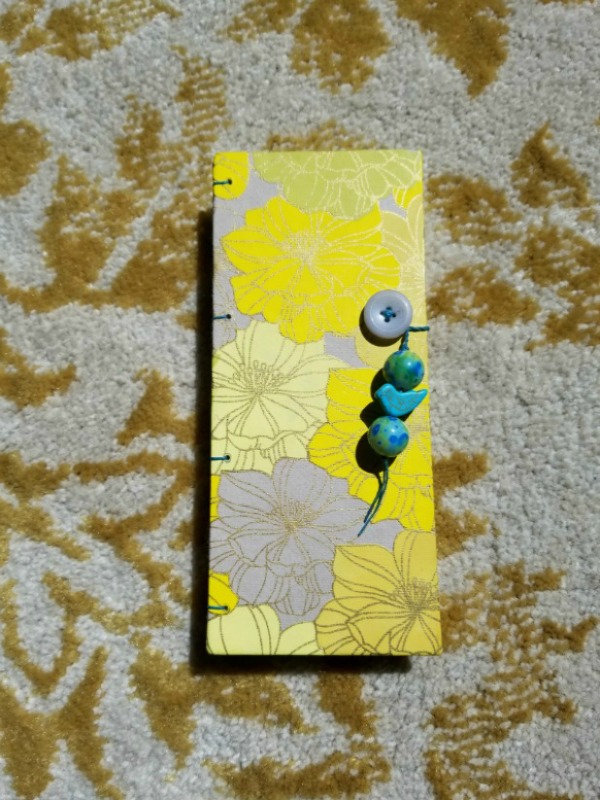

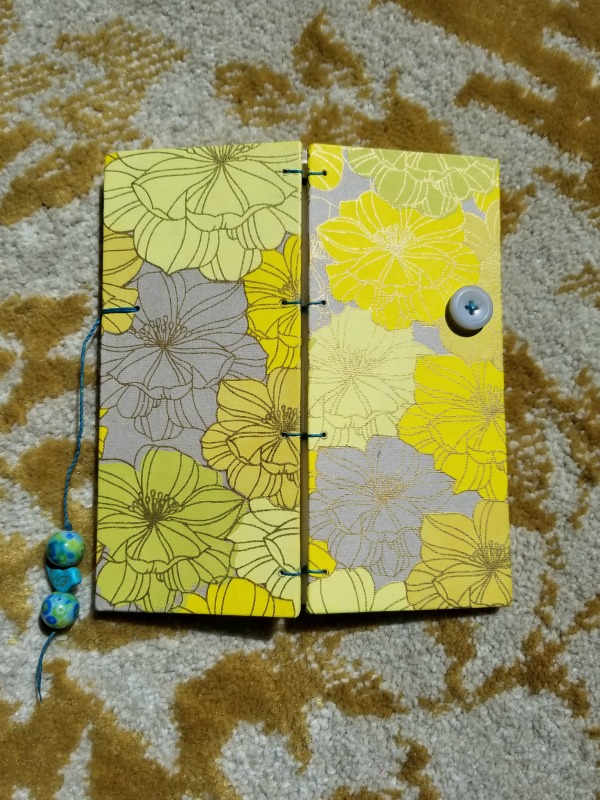
Blue Roof Designs
| blueroofdesigns.com
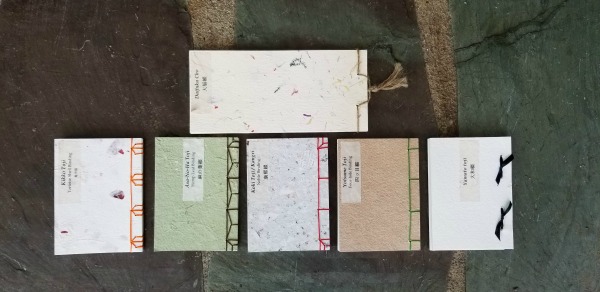
Book Arts Guild of Vermont
| www.bookartsguildvt.com
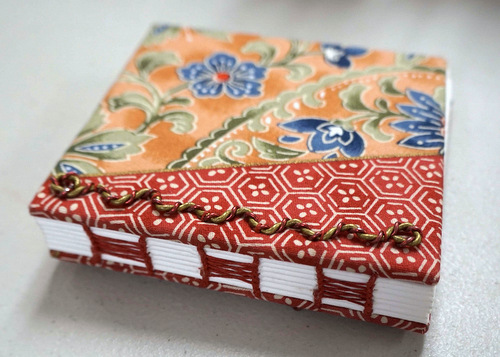
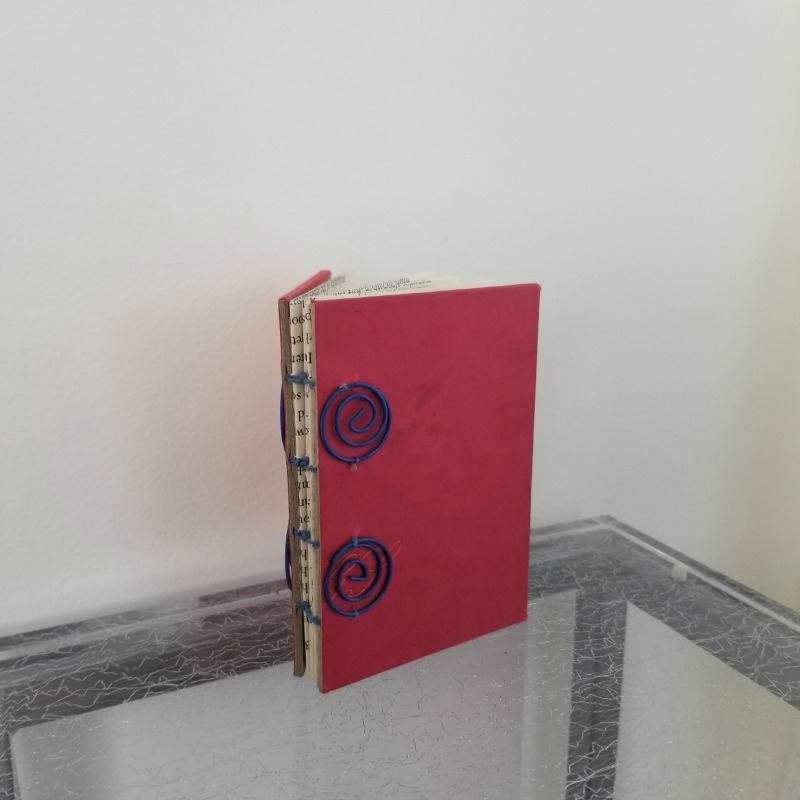
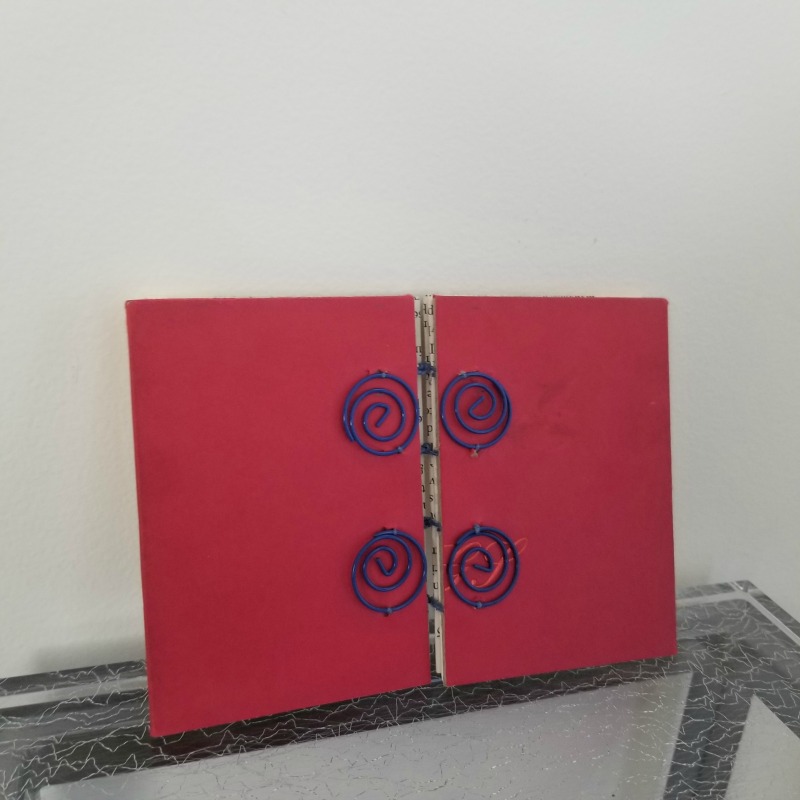
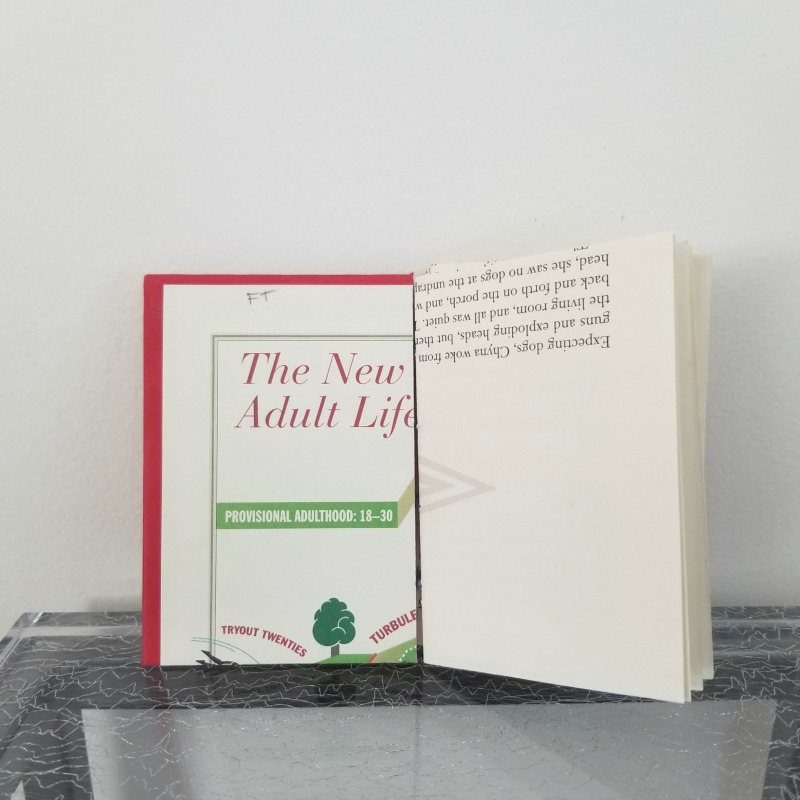
POARTRYPROJECT@GMAIL.COM
